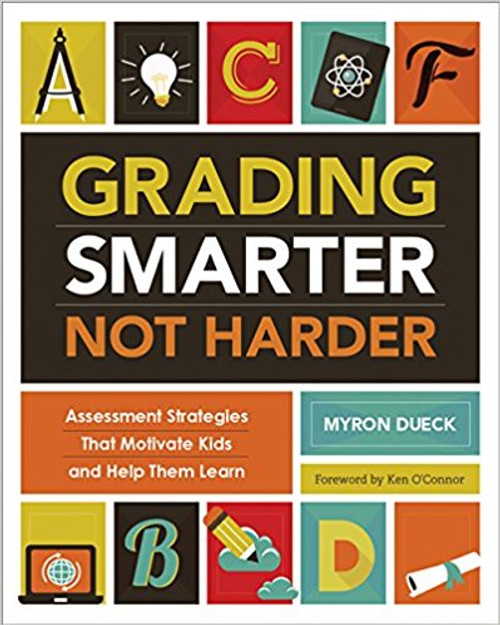Product Description
About This Book
Designed in partnership with more than 75 schools, Strategic Teacher PLC Guides make the important work of bringing high-impact, research-based instructional practices into every classroom easier than ever before. Each guide focuses on one strategy from the best-selling ASCD book The Strategic Teacher: Selecting the Right Research-Based Strategy for Every Lesson and serves as a complete professional development resource for a team of teachers (or professional learning community) to learn, plan, and implement the strategy in their classrooms.
This guide focuses on Task Rotation, a strategy that provides teachers with a manageable and highly effective way to differentiate learning activities and formative assessments via learning styles. The strategy is designed around research showing that students whose teachers incorporate a variety of learning styles into classroom activities routinely perform better on objective tests and performance assessments than do students who receive "traditional" instruction. When using Task Rotation, teachers present students with four interrelated tasks that ask them to use different styles of thinking:
- Mastery tasks ask students to remember and describe.
- Understanding tasks ask students to reason and explain.
- Self-Expressive tasks ask students to imagine and create.
- Interpersonal tasks ask students to explore feelings and relate personally.
This PLC Guide takes you and your colleagues on a "guided tour" of Task Rotation, enabling you to
- Learn the four major learning styles and consider your own learning-style preferences.
- Examine a range of teacher-designed Task Rotations that show how the strategy can be used to scaffold student learning and conduct formative and summative assessments.
- Experience model Task Rotations and learn from sample lessons and planning forms designed by other teachers.
- Design a Task Rotation for your own classroom.
- Examine student work at various levels of proficiency and use your findings to plan next steps in using tasks in style to improve student thinking and learning
Table of Contents
- Section 1: Why Task Rotation?
- Section 2: Planning a Task Rotation
- Section 3: Evaluating the Lesson
- Section 4: Learning from Student Work
- Appendix A. Variations on a Theme: Five More Ways to Use Learning Styles to Differentiate Instruction and Assessment
- Appendix B. The Assessment Menu
- Appendix C. What Are the Habits of Mind?










